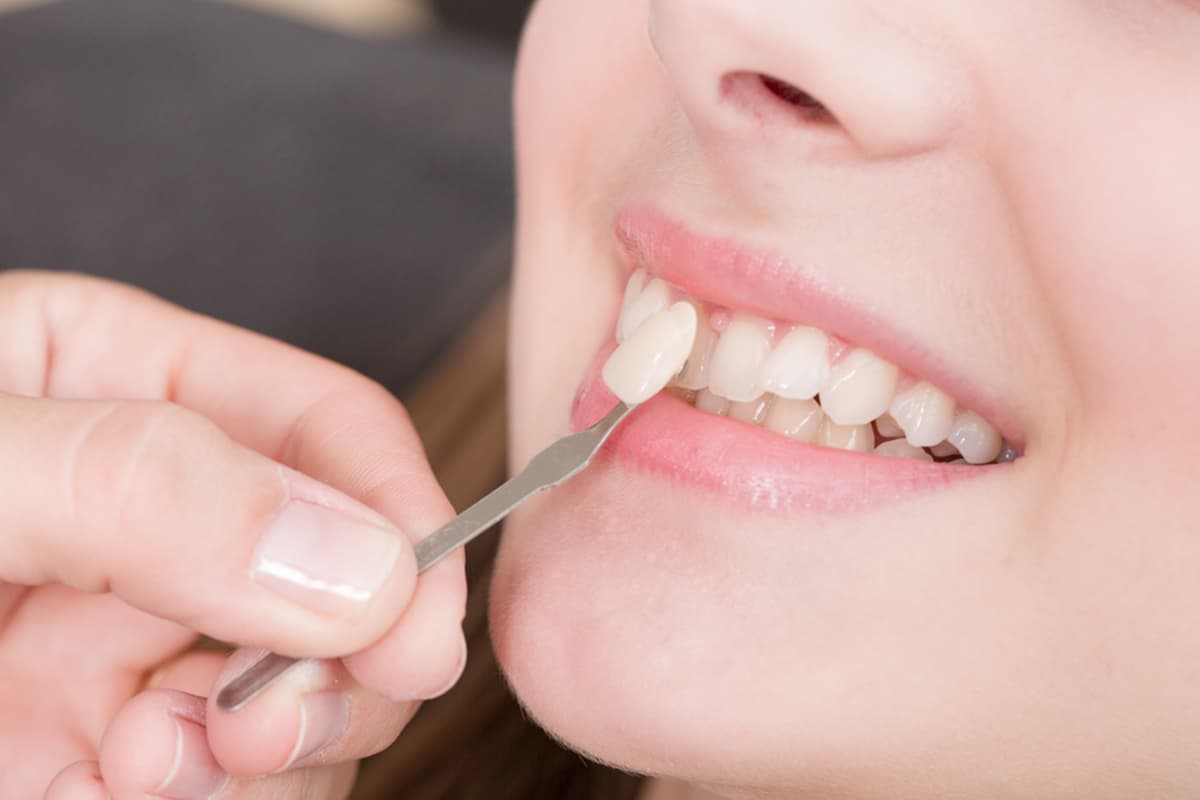
What are dental crowns?
A dental crown is a tooth-shaped "cap" that is placed over a
tooth. It covers the tooth to restore its shape and size,
strength, and improve its appearance. The crowns, when
cemented into place, fully encase the entire visible portion
of a tooth that lies at and above the gum line.
Why is a dental crown needed?
A dental crown or bridges may be needed in the following
situations:
- To protect a weak tooth (for instance, from decay) from breaking or to hold together parts of a cracked tooth.
- To restore an already broken tooth or a tooth that has been severely worn down.
- To cover and support a tooth with a large filling when there isn't a lot of tooth structure left.
- To restore an already broken tooth or a tooth that has been severely worn down.
- To hold a dental bridge in place.
- To cover misshaped or severely discolored teeth, and to make cosmetic modifications.
- To cover a dental implant.



What are dental bridges?
Dental bridges literally bridge the gap created by one or
more missing teeth. A bridge is made up of two or more
crowns for the teeth on either side of the gap and a false
tooth/teeth in between.
What are the benefits of dental bridges?
Bridges fill the gap left by missing tooth or teeth. They can: Restore your smile, Restore the ability to properly chew and speak, Maintain the shape of your face, Distribute the forces in your bite properly by replacing missing teeth and Prevent remaining teeth from drifting out of position. To compensate for a missing tooth, one or more, that is located between other teeth or between teeth and implants, if implant supported single crowns are not indicated for your case, (dental bridges).
What happens during the first visit for a dental crown/dental bridge?
At the first visit in preparation for a crown/bridge, your
dentist may take a few X-rays to check the roots of the
tooth receiving the crown/bridge and surrounding bone. If
the tooth has extensive decay or if there is a risk of
infection or injury to the tooth's pulp, you may get root
canal treatment first. If the tooth to be crowned is in good
condition, the dentist will reduce the allover contour of
the tooth and take an impression for the reduced tooth and
send it to the dental lab so that they will fabricate a
permanent crown or bridge for the reduced tooth/teeth.
What happens during the second visit for a dental crown/ bridges dental bridge?
During the second visit, your dentist will remove the
temporary crown and check the fit and color of the permanent
crown. If everything is acceptable, a local anesthetic will
be used to numb the tooth and the new crown is permanently
cemented in place.
How do temporary dental crowns/bridges compare to permanent ones?
Temporary crowns/bridges can be made in your dentist's
office, whereas most permanent crowns/bridges are made in a
dental laboratory. Typically, temporary crowns/bridges are
made of an acrylic-based material or stainless steel and can
be used as a temporary restoration until a permanent
crown/bridge is constructed by a lab.
You will have to keep your temporary crowns/bridges from the
first appointment until you receive the permanent
crowns/bridges.
Does a crowned tooth require special care?
While a crowned tooth does not require any special care,
remember that simply because a tooth is crowned does not
mean the tooth is protected from decay or gum disease.
Therefore, continue to follow good oral hygiene practices,
including brushing your teeth at least twice a day, flossing
daily -- especially around the crown area where the gum
meets the tooth -- and rinsing with an antibacterial
mouthwash at least once a day. In case you received a dental
bridge, it’s important to give special care to the hidden
space under the false teeth.
What problems could develop with dental crowns/bridges?
Your newly crowned tooth may become sensitive immediately
after the procedure as the anesthesia begins to wear off. If
the tooth that has been crowned still has a nerve in it, you
may experience some heat and cold sensitivity. Your dentist
may recommend that you brush teeth with toothpaste designed
for sensitive teeth. Pain or sensitivity that occurs when
you bite down usually means that the crown/bridge is too
high on the tooth. If this is the case, call your dentist.
He or she can easily fix the problem.
How can your dental crown/bridge fall off?
Sometimes, crowns/bridges fall off. Usually this is due to
an improper fit, a lack of cement, or a very small amount of
tooth structure remaining that the crown/bridges cannot hold
on to. If this happens, clean the crown/bridges and the
front of the tooth. You can replace the crown/bridge
temporarily using dental adhesive or temporary tooth cement
that is sold in stores for this purpose. Contact your
dentist's office immediately. He or she will give you
specific instructions on how to care for the tooth and
crown/bridges for the day or so until you can be seen for an
evaluation. Your dentist may be able to re-cement the
crown/bridge in place; if not, a new crown will need to be
made.
How long do dental crowns last?
On average, dental crowns last between five and 15 years.
The life span of a crown depends on the amount of wear and
tear the crown takes, how well you follow good oral hygiene
practices, and your personal mouth-related habits. You
should avoid such habits as grinding or clenching your
teeth, chewing ice, biting fingernails, and using your teeth
to open packaging.

